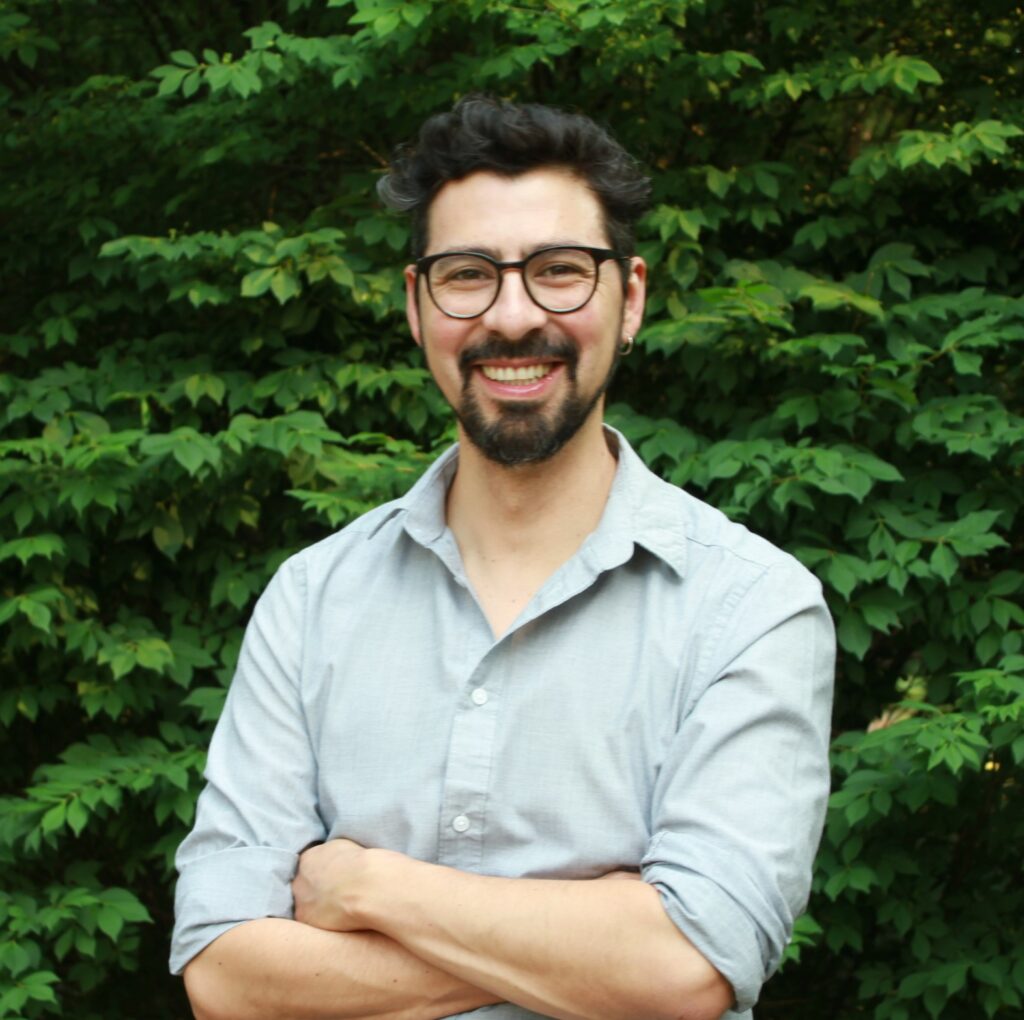
Hi! I’m Manuel Pérez-Troncoso, a postdoctoral researcher and evaluator at the NSF INCLUDES SEAS Islands Alliance. I’ve been fortunate to be part of this transformative project as a researcher and now an evaluator.
For the past five years, the NSF INCLUDES SEAS Islands Alliance, a collaborative endeavor of universities and research institutions initiated by the National Science Foundation, has been at the forefront of supporting strategies and interventions to broaden the participation of young islander scientists in the US Virgin Islands, Puerto Rico, and Guam. This initiative, known as ‘SEAS,’ spans all levels of education, from middle school to the workforce, with the overarching goal of increasing the participation in STEM of young islanders’ scientists, particularly those from underrepresented minorities.
As a member of one of the research teams in SEAS, I had the chance to elaborate a methodological strategy around “cultural profiles” to map the identity of young islander scientists. This strategy, designed with inclusivity at its core, goes beyond prescribed forms of understanding underrepresented minorities, allowing for a more comprehensive and nuanced understanding of scientific identities. Young islander scientists face the challenge of fitting their racial and ethnic identity into the categories of underrepresented minorities that are commonly used in the continental US. This creates a significant distance between their identity categories and those of Native American and Alaskan Native American scientists, except for those who identify as Black. As a result, it becomes difficult to capture the unique forms of self-identification of scientists in the islands. It is essential to find ways to sustain opportunities for islanders in STEM based on their specific needs and assets.
For instance, even though SEAS aims to accurately represent the diversity of its participants, extending continental categories for race or ethnicity, in the US Caribbean Hubs, SEAS reports that 30.8% of participants identify as Black, 29.3% as African American, 17.9% as Puerto Ricans, and only 13.9% as White. The cultural profile of one of the workforce fellows in SEAS defines herself as an Afro-Caribbean. She attempts to conflate US categories to define race with her place-based way of belonging, showing that for young Caribbean scientists, these prescribed identity categories do not fully encompass the diverse and multifaceted dimensions of their self-identification.
Lessons Learned
In that line, I suggest that the strategy of cultural profiles helps understand the complexity of identity formation within a framework of broadening participation by adding multiple voices to map scientist pathways; from there, one can center on social relations students have as Caribbean and non-white students in traditional sciences institutions.
The cultural profiles examine individual life trajectories about personal and educational students’ experiences inside and outside SEAS, as well as the stories portray faculties, strengths, and awareness of cultural assets that have supported islanders’ trajectories of persistence in science learning. Cultural profiles cover six main themes: family persistence support, place situated identity, racial/ethnic awareness, hobbies, service to the community, and solidifying science skills. As a biographic identity-building story to craft narratives related to the science pathways, the culture profiles help me to see how a place-based knowing allows one to understand that to pursue the advancement of social justice in STEM; one must consider the nuances as modes of capital for achieving their goals and dreams in STEM. Cultural profiles enrich reports about science education and the reality of deeper community and familial insights.
The American Evaluation Association is hosting STEM Education and Training TIG Week with our colleagues in the STEM Education and Training Topical Interest Group. The contributions all this week to AEA365 come from our STEM TIG members. Do you have questions, concerns, kudos, or content to extend this AEA365 contribution? Please add them in the comments section for this post on the AEA365 webpage so that we may enrich our community of practice. Would you like to submit an AEA365 Tip? Please send a note of interest to AEA365@eval.org. AEA365 is sponsored by the American Evaluation Association and provides a Tip-a-Day by and for evaluators. The views and opinions expressed on the AEA365 blog are solely those of the original authors and other contributors. These views and opinions do not necessarily represent those of the American Evaluation Association, and/or any/all contributors to this site.
